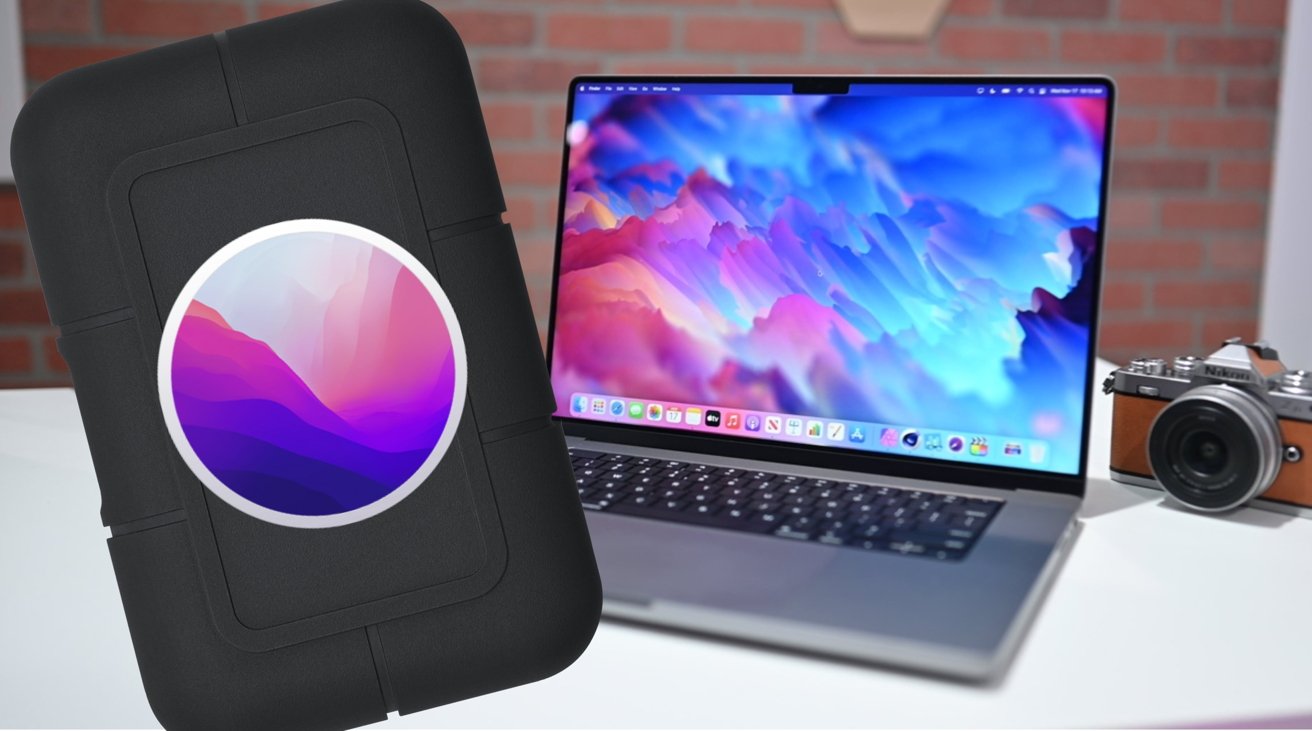Dear Lifeisabeach, do go back to my original post #1 and read the article on creating a Legacy Bootable Backup, in particular note this section, "If the selected destination is an APFS-formatted volume, and if the volume's container has enough capacity to accommodate a complete backup of the source volume, CCC will offer an option to add a volume to the destination APFS container. When you choose this option, your selected destination is not erased. Instead, CCC will add a new volume on the destination and use the new volume as the destination to your task."
The whole article takes a bit of re reading for this old codger but I think the opening statement of the article (in red) is pretty clear. A bootable backup is not only not recommended but likely to be useless. At least for an M1.
Secondly, the volume cannot be updated in situ. Each macOS update requires complete erasure of the volume and a brand new copy made.
Bear in mind I have an Intel based MBP so ,that's where I'm coming from.
My recent attempt to boot from an earlier bootable version of macOS (11.3) made with CCC on a device running macOS 11.3.1 resulted in a boot sequence kernel panic which rendered my clone and my internal SSD un bootable.
I was simply following Bombich's instructions for updating macOS on a bootable clone (which I had done successfully in the past) but the result was disaster. Maybe it was device specific, maybe I should have updated the clone first, I will never know.
In the end I had to use a bootable USB installer to erase my internal SSD and instal Catalina then upgrade from there. Basically a "clean" instal, then recover my data from the clone which worked fine as an EHD.
So, my advice, based on the fact that some of us are in unknown territory here, is the "safe" method for now is a data only backup from which I know I can recover from unless my internal drive is irrevocably damaged and even if it is, that just means a new SSD.










